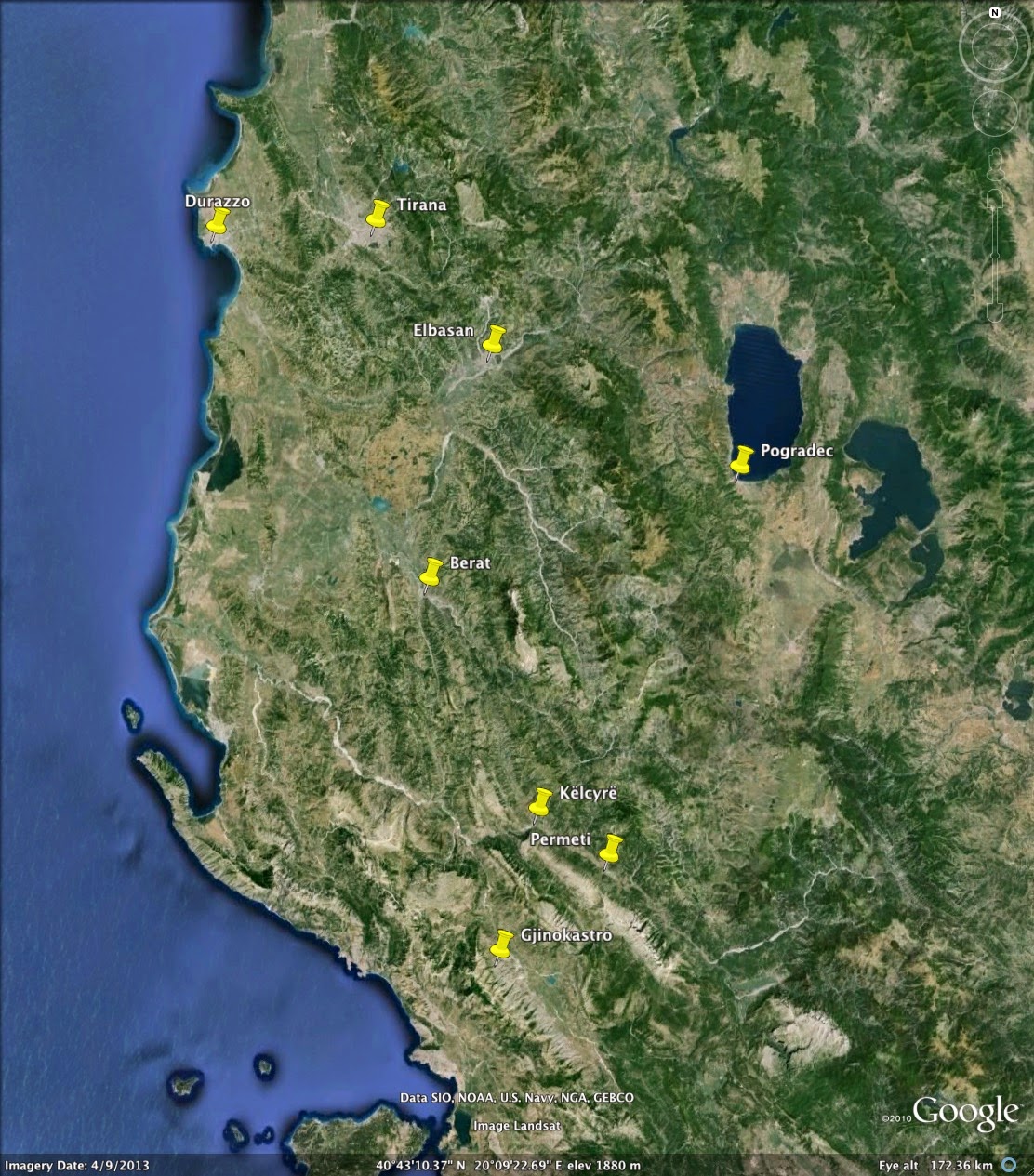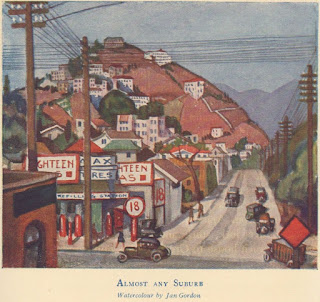Before the War: Jan Gordon on "England's Place in Art"
In the Liverpool Daily Post, Tuesday 25th July 1939, Jan Gordon reported on "England's Place in Art."
For the first time the International Congress of the History of Art will be held in this country, centred at University College, London, opening on Monday and closing at the end of the week. Among the more important papers delivered will be Mediaeval English Embroidery,” by Mrs. Christie, Holbein and Henry VIII.,” by Professor Ganz, and The English Country House,” Professor Webb. The King has given permission to members to visit the treasures at Windsor Castle and Buckingham Palace, and other visits to important historical collections have been arranged.
In many ways the present is a fortunate moment for the conference. At the Burlington Fine Arts Club an exhibition mediaeval art has been specially arranged and although admission can be got only through a member, such, with a little pertinacity, will not be found difficult. Another fortunate coincidence is the recent opening to the public, on Wednesdays, Saturdays, and Sundays, of the grand Adam Mansion, Osterley Park, with its wealth of decoration and paintings, within ten minutes of Piccadilly Circus by the Underground. Another exhibition that fits in well with the conference is the collection of ”caricatures" arranged at the British Museum, and yet another is the newly opened room at the Victoria and Albert Museum of ‘‘British Watercolour Painters in Italy,” Furthermore, although there is no outstanding exhibition in Bond Street, several galleries show collections in which very good representative paintings by contemporary British artists are contrasted with recent Continentals, not to our disadvantage.
We have been so long esteemed abroad as a nation of fine poets but poor painters that we may confess naively to some satisfaction in the really impressive spread that the visitors will find. The Burlington Fine Arts Club contains not only numbers of the choicest pieces from the marvellous show at the Victoria and Albert Museum but others not previously exhibited, such as the Painted Chest ” from Queen’s College and the “Tiles” excavated by Dr. Borenius from Clarendon Palace. It will not be possible to overlook the real importance of English art during the Middle Ages, when the Opus Anglicanum was sought for in every cultivated European land.
Osterley Park is the most perfect and untouched example of the architectural and decorative genius of Robert Adam, who worked on it for over twenty years. He made it not only the finest specimen of English eighteenth century classical taste, but held a perfect balance between unlimited resources and aesthetic restraint. An excellent guide book will Osterley into human contact with the visitor. Rubens. Van Dyck, Reynolds, Gainsborough, Poussin, and Calude hang among the paintings.
The exhibition at the British Museum of “Caricatures,” or rather of “Social Commentary,” drawing as it does from the hidden treasures of the print room portfolios, starts with Leonardo’s grotesques and ends with Lear, Teniers, Ostade, Guercino, Schongauer, even Michelangelo and Holbein are included, but without undue stress the high position of English graphic artists such as Hogarth, Rowlandson and Gilroy (at his best) is gratifying. At the Victoria and Albert the collection includes examples of J.R. Cozens, Turner, Towne, Warwick Smith, Bonington, Samuel Palmer, Brabazon and others in this medium which Britain has always made peculiarly her own.
For the first time the International Congress of the History of Art will be held in this country, centred at University College, London, opening on Monday and closing at the end of the week. Among the more important papers delivered will be Mediaeval English Embroidery,” by Mrs. Christie, Holbein and Henry VIII.,” by Professor Ganz, and The English Country House,” Professor Webb. The King has given permission to members to visit the treasures at Windsor Castle and Buckingham Palace, and other visits to important historical collections have been arranged.
In many ways the present is a fortunate moment for the conference. At the Burlington Fine Arts Club an exhibition mediaeval art has been specially arranged and although admission can be got only through a member, such, with a little pertinacity, will not be found difficult. Another fortunate coincidence is the recent opening to the public, on Wednesdays, Saturdays, and Sundays, of the grand Adam Mansion, Osterley Park, with its wealth of decoration and paintings, within ten minutes of Piccadilly Circus by the Underground. Another exhibition that fits in well with the conference is the collection of ”caricatures" arranged at the British Museum, and yet another is the newly opened room at the Victoria and Albert Museum of ‘‘British Watercolour Painters in Italy,” Furthermore, although there is no outstanding exhibition in Bond Street, several galleries show collections in which very good representative paintings by contemporary British artists are contrasted with recent Continentals, not to our disadvantage.
We have been so long esteemed abroad as a nation of fine poets but poor painters that we may confess naively to some satisfaction in the really impressive spread that the visitors will find. The Burlington Fine Arts Club contains not only numbers of the choicest pieces from the marvellous show at the Victoria and Albert Museum but others not previously exhibited, such as the Painted Chest ” from Queen’s College and the “Tiles” excavated by Dr. Borenius from Clarendon Palace. It will not be possible to overlook the real importance of English art during the Middle Ages, when the Opus Anglicanum was sought for in every cultivated European land.
Osterley Park is the most perfect and untouched example of the architectural and decorative genius of Robert Adam, who worked on it for over twenty years. He made it not only the finest specimen of English eighteenth century classical taste, but held a perfect balance between unlimited resources and aesthetic restraint. An excellent guide book will Osterley into human contact with the visitor. Rubens. Van Dyck, Reynolds, Gainsborough, Poussin, and Calude hang among the paintings.
The exhibition at the British Museum of “Caricatures,” or rather of “Social Commentary,” drawing as it does from the hidden treasures of the print room portfolios, starts with Leonardo’s grotesques and ends with Lear, Teniers, Ostade, Guercino, Schongauer, even Michelangelo and Holbein are included, but without undue stress the high position of English graphic artists such as Hogarth, Rowlandson and Gilroy (at his best) is gratifying. At the Victoria and Albert the collection includes examples of J.R. Cozens, Turner, Towne, Warwick Smith, Bonington, Samuel Palmer, Brabazon and others in this medium which Britain has always made peculiarly her own.



Comments
Post a Comment